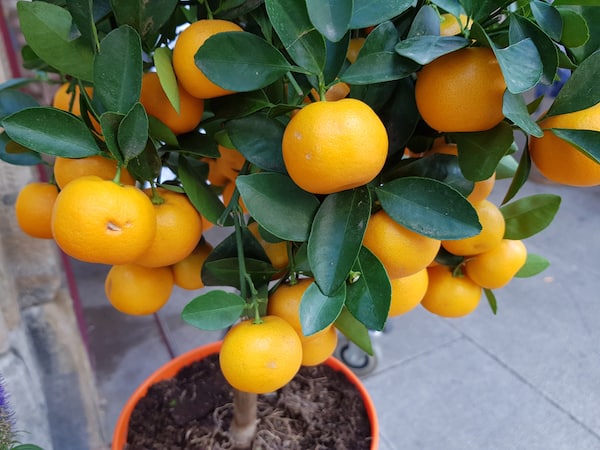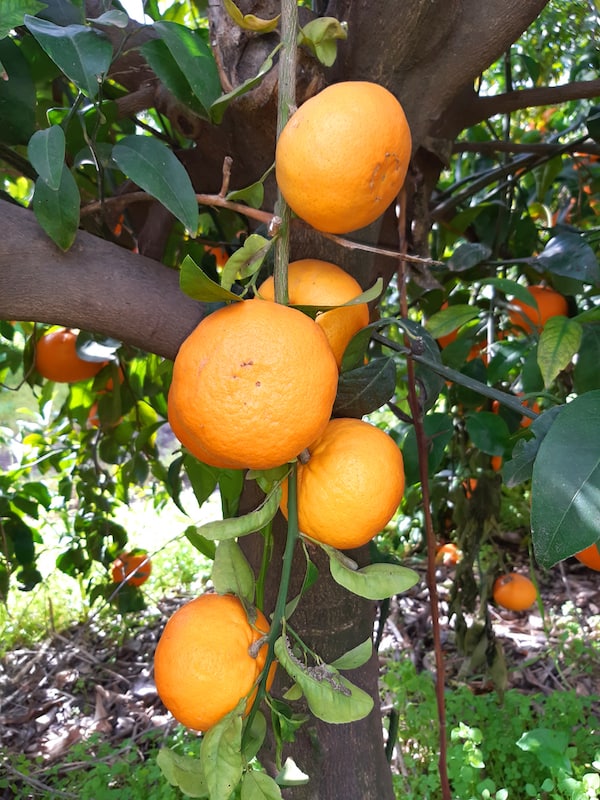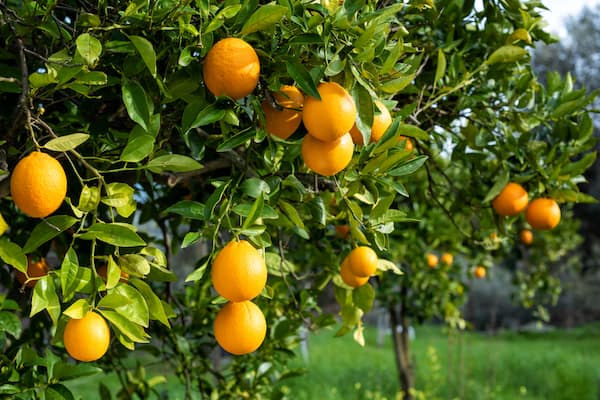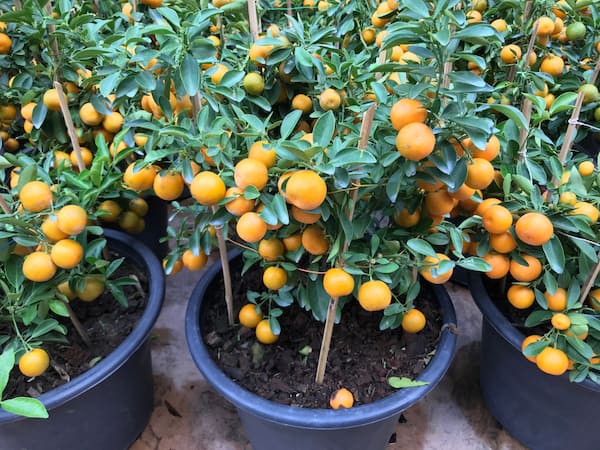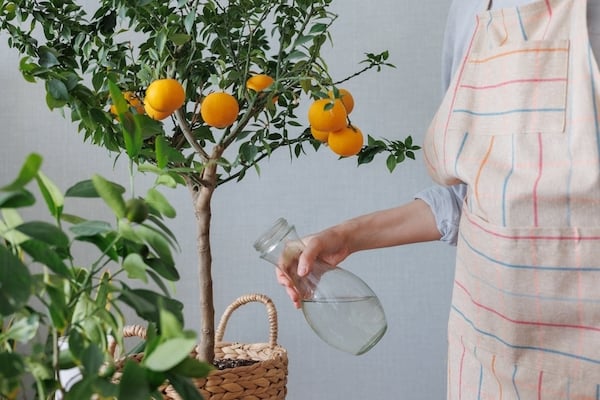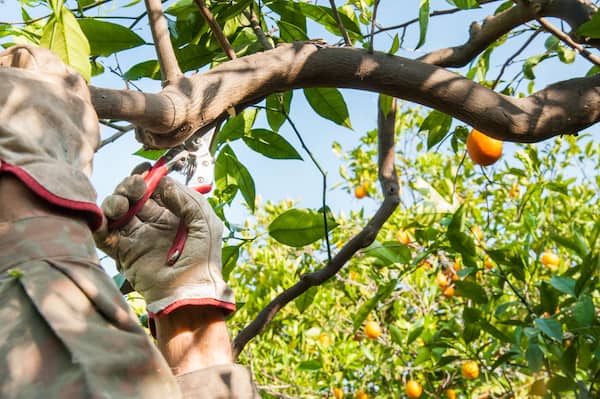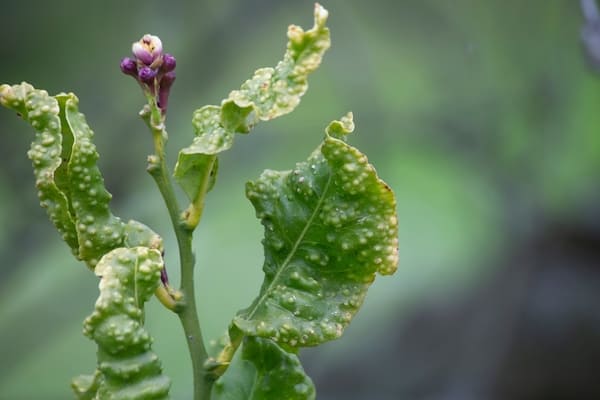
The Ultimate Guide to Growing Orange Trees: Tips, Tricks, and Secrets
Our site is reader supported, this means we may earn a small commission from Amazon and other affiliates when you buy through links on our site.
Once you place an orange tree in its best environment, it’s quite easy to care for. With just a little care and attention, you can pick your own fresh oranges from the tree. Here’s what you need to know for growing and caring for orange trees.
Buy the tree from a reputable nursery
Look for orange trees that are two to three years old with bright shiny leaves.To grow your tree in a container then make sure to buy a dwarf cultivar. Dwarf trees are grafted onto dwarf roots that limit how large the trees grow. These produce the same size fruit as full-size trees but yield only half the amount of oranges.
Check the roots of the tree you plan to buy. Make sure that they don’t encircle the nursery pot they’re in as this could signify that the tree is root bound and is best avoided if possible. This could cause problems when you separate the roots to plant it. Remember that smaller trees won’t experience transplant shock as much as larger trees and recover quicker from being moved to a new environment.
Choose the pot
See the article How to grow orange trees in pots for advice on how to select the best pot for your tree and how to plant the tree in that container. Basiclly you don’t want the pot to be to much bigger than the roots, few inches right around it. There best potted up into bigger pots in stages
Choosing the right soil for orange trees
Orange trees need well-drained soil so it doesn’t easily become water-logged. See How to grow orange trees in pots for advice on what soil to buy, how to amend it for orange trees and how to plant the tree. The like slightly acidic soil but if growing them in pots you an buy specialist compost for orange trees.
Growing orange trees outdoors or inside
In the warmest parts of the United States (USDA Hardiness Zones 8-11) you can grow orange trees outdoors permanently, while colder-climate or countries such as the UK, orange trees are not hardy, so you need to bring them indoors, either into your home or into a greenhouse, in the late autumn and winter. Orange trees can sit outside in your garden once the threat of frost has passed in the spring. When they’re outside, the tree should be in a sheltered location away from winds.
You need to acclimate your orange tree from its inside home to its outside one (in spring and summer) over the period of a few weeks. This helps it to avoid environment shock at the change of light, humidity and temperature. Start them off in a partially shaded area and gradually give them more time in a sunnier location.
Indoors, choose a window for your tree that’s south or southwest facing
Orange trees thrive on plenty of light
Orange trees need plenty of sunshine so place them where they’ll receive eight or more hours of sunlight a day. Indoors, this is usually a south or southwest facing window; outside choose a place that’s not in shadow.
With your orange tree indoors in wintertime, it won’t receive the full eight hours of natural sunlight. You can supplement this with grow lights or an LED bulb, but it’s not always essential but if you have issues wth non-flowering and fruiting plants, this could be why.
When your tree is outside, make sure that it’s not in full sun in the heat of the afternoon. Too much sunlight can cause sunburn to your tree and too much heat can stress it out. They need that balance or sun to thrive.
The best temperature for orange trees
Most orange trees grow best in a temperature range of 13˚C to 27˚C. However, the ideal temperature does vary between the species of orange, so check what your particular tree is comfortable at.
For the orange tree to flower (and hence to produce fruit), there needs to be a 5˚C to 10˚C cooler difference in the night-time temperature over the daytime one. Check this by using a thermometer at night close to the plant.
Indoors, keep the orange tree out of cold draughts and any dry heat source such as a radiator.
When the weather warms up in the late spring, and after the last frost, you can move your orange plant outside to your patio or deck. This gives it access to natural light and humidity. Make sure to monitor the night temperature though and bring the tree back inside when the temperature falls towards the bottom of the suggested range.
Humidity
Orange trees like a humid atmosphere as they some from tropical and sub tropical parts of the world, so consider using a humidifier when the plant is indoors. Alternatively, place a tray of pebbles near or even underneath the pot. Add water to the pebbles to provide moisture to the air. But make sure that the bottom of the pot doesn’t touch the water as this throws your watering regime off.
Watering orange trees
Watering your orange tree (as with all houseplants) is a delicate balance to keep the soil just moist enough. The main cause of problems for container plants in general is over-watering and this is especially try for oranges trees.
When to water
Orange trees prefer deep watering done infrequently over shallow watering done often. They also like to be consistently moist and don’t take well to bouncing between times of dry soil and wet soil. Trees in containers dry out more quickly than those planted in the ground, so check them often.
It’s time to water your orange tree when the top 3cm of the soil is dry. Poke your finger down into the soil to test this. For more exact testing, use a moisture metre to give an accurate measurement of the moisture level in the soil.
If the leaves on your orange tree start to turn yellow, it could be a sign that it’s time to water the plant. If the leaves are yellow and starting to dry out, the tree needs water.
How to water orange trees
How you water your orange tree is as important as when you water it. The exact amount of water depends on the size of the tree, how much soil is in the pot, and the temperature and humidity around the tree.
A general rule is to water the tree until excess water starts to run out of the drainage holes in the base of the pot. You can either do this in the sink if your tree is small or let the water run into the saucer the pot stands on. Make sure to let all the excess water drain away. The soil needs to be moist but not water-logged. Too much water in the soil can lead to a fungal disease called root rot which can be very harmful to your orange tree. (See Orange tree pests and diseases for more details about this.)
Remember that your orange tree will need more water in the spring and summer when it’s growing, especially if you move it outdoors.
How to Fertilise orange trees
Gardening experts, including myself, have mixed feelings about the type of fertiliser to use on orange trees and when to apply it. But we do agree that you can’t go wrong with a fertiliser made especially for citrus trees. I go into detail about what fertilisers to use in my What kind of fertiliser is best for orange trees? article.
Pruning oranges
Here are the times you may want to prune your orange tree:
- Remove suckers from below the graft
- Cut away dead or diseased branches
- Sculpt the tree to your desired shape
- Remove branches to increase air circulation
- Control the growth of the tree
For advice on when and how to prune your orange tree, please go to How to prune an orange tree.
Pollination
You don’t need to worry about pollinating your orange tree as they are self-fertile. That is, each tree doesn’t need another tree in order to produce fruits. However, there aren’t any pollinating insects indoors in the wintertime.
So to help things along, shake the branches of the tree to release the pollen. Or take a more hands-on approach and use a cotton bud or brush to remove the pollen from one flower and deposit it on another flower which us what I usually do to ensure good pollination.
Orange tree problems
Your orange tree is susceptible to the same pests and diseases as any other house plant or garden plant. I’ve written an extensive article on Orange tree pests and diseases that covers the major problems and tells you what to do about them. This includes yellowing or dropping of leaves and black leaves with fungus.
Harvesting oranges
You need to be patient as it takes a few years for oranges to appear on your orange tree. And even then, your first few harvests may not have much fruit. The orange tree is focusing its energy on establishing strong roots and trunk to create a solid foundation for larger harvests later.
But once the oranges appear, wait until they’re a bright colour and firm with a slight give. When they really smell like oranges, they’re probably ready to eat. Just gently pull them from the stem or snip them with a pair of (sterilised) scissors.
